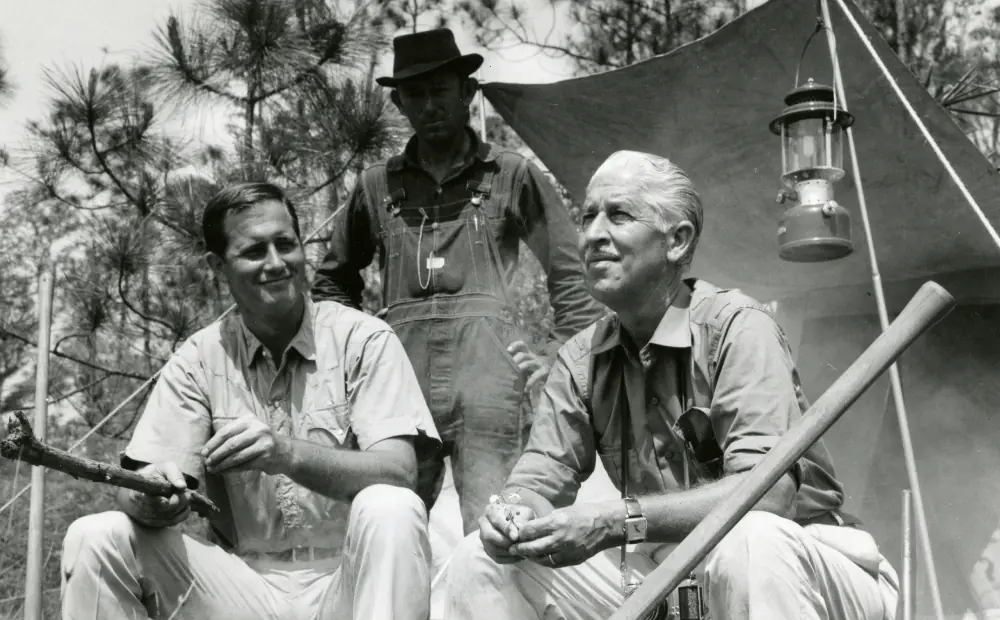0:01
As a woman, I'm extremely proud of the roles we've played in the shared mission of Wildlife Conservation for decades.
0:11
Mutual of Omaha's Wild Kingdom has joined in that special recognition by highlighting women in science.
0:17
Like this special episode from the 1980s over, there are the black rhinos whose movements I have been recording.
0:27
These animals are among the most endangered species in Africa, and we keep a very close watch over them.
0:37
Today, Peter's visiting the Brevard Zoo in Florida, where Lauren Hinson runs a breeding program for an animal most people have never heard of.
0:45
I had worked with coatis before at previous other facilities as well, and I applied and I got the position.
0:51
When I do things, I like to kind of do it all the way.
0:54
So I saw that there was a struggle in the population and we decided basically as a zoo that we wanted to put a lot of effort into this species.
1:06
Once abundant across the American Southwest, Hawaii populations are in decline, facing ongoing threats of habitat loss and disease, Lauren Henson is working to stabilize their fragile wild population through captive breeding.
1:24
Coatis are definitely one of my favorites.
1:26
Different from a raccoon who's active mostly at night, these guys are diurnal, so they're active all day long.
1:32
Even when it's hot out, they're busy foraging.
1:36
We're going to take one of these little guys out to get a check up.
1:41
So their moms would typically hold them by the back of their necks to move them between nest spots.
1:46
So this is why they kind of relax when we do this.
1:48
Similar to a kitten or a puppy?
1:50
Sure.
1:50
Yeah, sure.
1:51
It's interesting to see him cover his nose.
1:55
That's how they sleep pretty often.
1:57
The name coatis comes from an indigenous language of South America and loosely translates to Nose belly, referring to the adorable way these creatures sleep with their snouts.
2:08
Tuck to their stomachs and there the Mr.
2:11
Nose Belly.
2:11
Let's go.
2:14
This is actually the first time in seven years in any North American zoo that there has been coati babies.
2:20
Successfully breeding coatis in captivity is tricky.
2:23
These creatures have intricate social dynamics and habitat needs.
2:28
After careful study, the biologists at Brevard Zoo figured it out by giving these curious critters an ideal social setup to thrive.
2:37
This is great.
2:38
Yeah.
2:38
So this actually is where the babies were born.
2:40
Part of why it's successful is we brought them to their own space.
2:44
Come on, big boy.
2:47
The kits are the hugest success we could have asked for.
2:50
And those animals will go off to other zoos, be paired up with other animals to breed and increase the population.
2:58
We're really hoping that other zoos will copy the model that we've done here when they're looking at bringing in this species.
3:05
Brevard Zoo has been very supportive and invested in this species.
3:09
So we kind of took it as far as we could take it, building new things, bringing in animals.
3:14
I'm super proud of everyone here who's worked on this.
3:17
It takes a lot.












